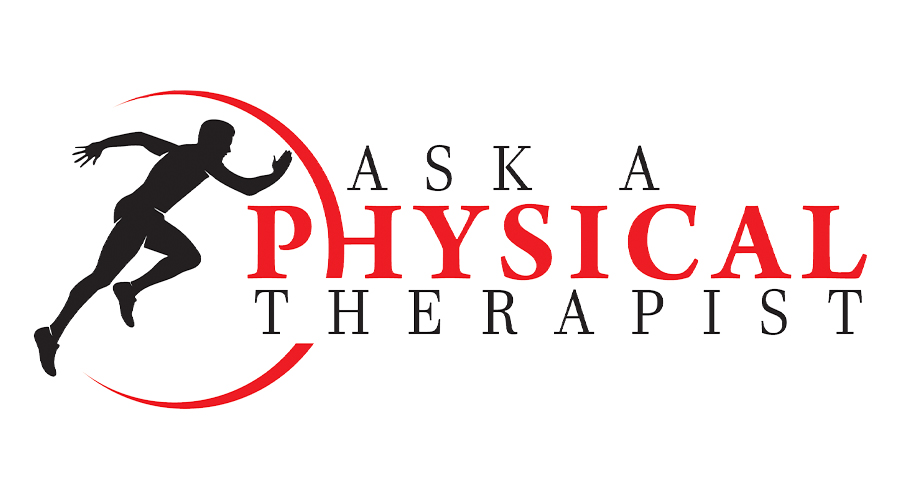ASK A PHYSICAL THERAPIST
- 20 Apr - 26 Apr, 2024

Q: My 4-month-old son has been diagnosed with hip dysplasia. How can physical therapy assist in this case?
A: Developmental Dysplasia of the Hip (DDH) typically refers to hip dysplasia in infants or children, ranging from minor instability to complete dislocation. The exact cause is multifactorial, involving genetic, environmental, and mechanical factors. In 88% of cases, infants with hip instability see improvement by 2 months, while dislocated hips at birth may not spontaneously correct. Subluxation can lead to arthritis, and symptoms may emerge after skeletal maturity, especially with severe subluxation.
While DDH is common and manageable, parents may find it challenging to navigate the dos and don'ts of care. Physiotherapy empowers parents, guiding them in supporting their baby's healing journey. Massage, stretching, and strengthening exercises, once learned from a physiotherapist, can be performed at home. Physiotherapists tailor plans based on assessments, scans, and pediatrician recommendations, aligning with the baby's age.
Babies with hip dysplasia benefit from specific positioning for mechanical advantage, considering their age and milestones. Physiotherapists design exercises that utilize developmental milestones, promoting muscle strength and avoiding delayed milestones during casting periods.
Therapy addresses poor posture, muscle weakness, joint awareness, and tendon inflammation. Strengthening hip extensors and external rotators, gait re-education, and improving body awareness contribute to better hip support. For older children, low-impact exercises like swimming or cycling, weight loss for those overweight, and specialized therapies like hippotherapy can enhance strength, range of motion, and overall well-being.
Q: Dear Doctor, I am a 34-year-old female diagnosed with Carpal Tunnel Syndrome. Please provide guidance on this condition and its physical therapy treatment.
A: Carpal Tunnel Syndrome (CTS) arises from the compression of the median nerve within the carpal tunnel of the wrist, typically due to repetitive movements, awkward postures, forceful exertions, vibration, or compression against hard surfaces.
Early CTS symptoms include pain, numbness, and paresthesias, with sensory changes along the median nerve distribution in the hand. Pain may radiate into the upper extremity, shoulder, and neck. As CTS progresses, night pain, hand weakness, decreased fine motor coordination, grip strength reduction, clumsiness, reduced wrist mobility, and thenar atrophy may occur. Some patients experience symptom relief through hand shaking or flicking.
Mild to moderate CTS symptoms can be effectively managed in primary care, where physical therapists advise on activity and workplace modifications (ergonomics), and task adjustments, including adequate rest and movement variation.
Simple modifications to working practices can be beneficial for controlling milder CTS symptoms. Manual therapy techniques, such as soft tissue mobilization, carpal bone mobilization, and median nerve mobilization, can be employed. Additional modalities like ultrasound, electromagnetic field therapy, and splinting are considered.
Despite conservative treatments, CTS symptoms may progress over time. Surgical interventions have proven to be safe and more effective for appropriate patients. Clinicians should note that constant tingling or numbness indicates significant median nerve compression. Prolonged symptoms may lead to irreversible internal structural changes, impacting surgical outcomes and potentially resulting in chronic symptoms and thenar eminence muscle atrophy.

Q: I am experiencing pain in my tailbone, making sitting difficult. Please provide guidance.
A: Coccydynia is characterized by tailbone pain, often triggered in a sitting position or during the transition from sitting to standing. While most cases resolve within weeks to months, some patients may develop chronic pain, impacting their quality of life. Although primarily diagnosed clinically, dynamic radiographs may be employed if pain persists beyond 8 weeks.
Initial treatment focuses on postural education, teaching individuals to sit more erectly on a firm chair to alleviate pressure on the coccyx, redistributing it to the ischial tuberosities and thighs. Patients should be advised to avoid positions or movements exacerbating symptoms.
Physiotherapists may recommend cushions, such as modified wedge-shaped (coccygeal cushions) or donut-shaped ones. Coccygeal cushions relieve coccyx pressure during sitting, while donut-shaped cushions, though potentially increasing coccyx pressure, can be beneficial for rectal pain. Cushions are typically used over a 6-8 week period. Physical therapy techniques, including massage, stretching, mobilization, manipulation, and modalities, can also be employed.
COMMENTS